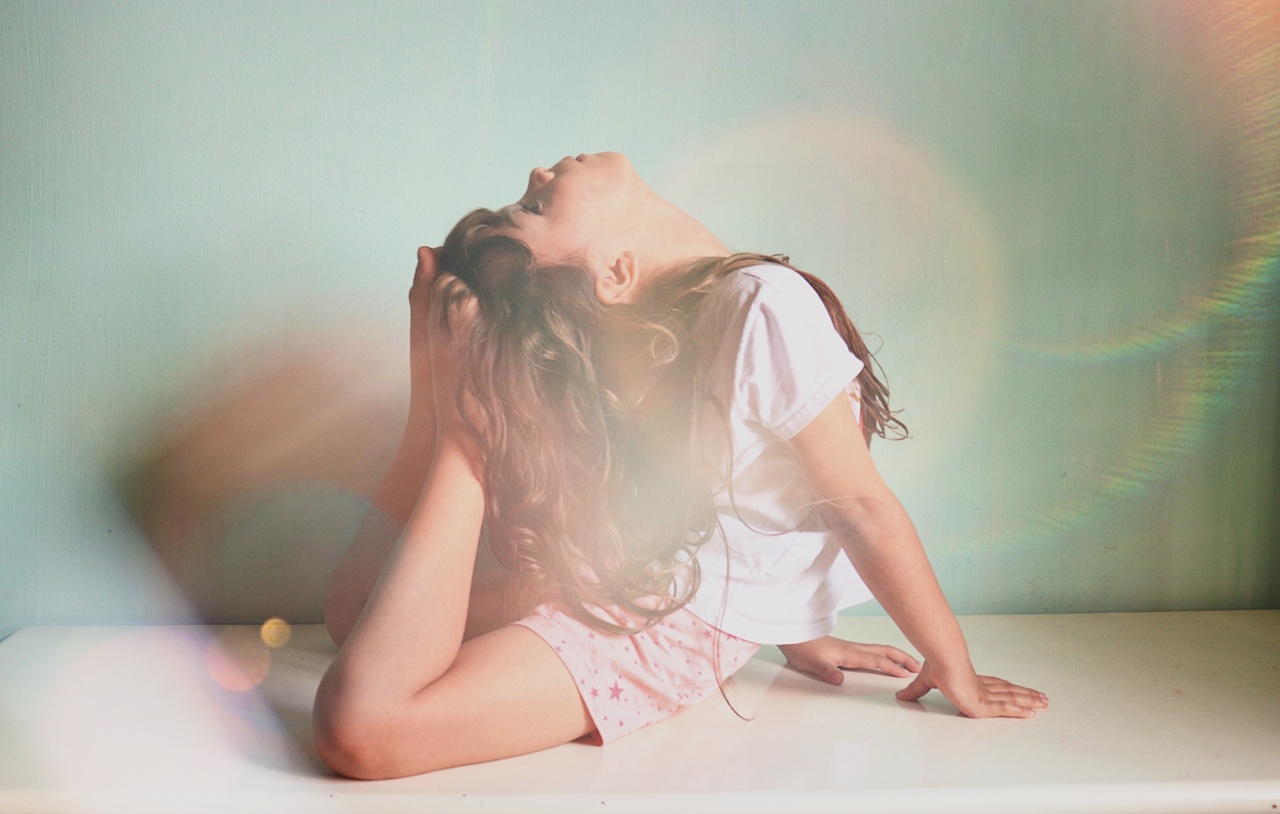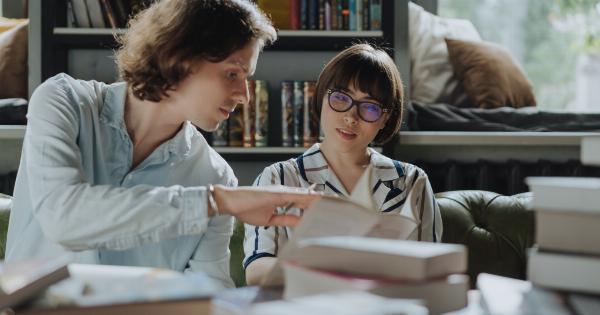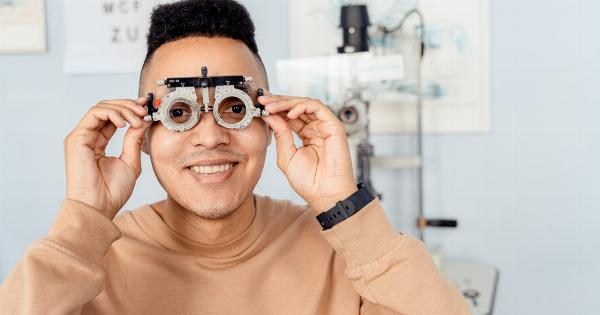Concussion is a common injury among children, particularly those involved in sports. It is a type of traumatic brain injury that occurs when the brain hits against the skull, resulting in a temporary disturbance in brain function.
While most people associate concussion with symptoms like headache and confusion, it can also have a significant impact on the visual and balance system of children. In this article, we will explore how concussion affects the visual and balance system in children and discuss the importance of early identification and management.
Understanding Concussion
Concussion occurs due to a direct blow to the head or a forceful shaking of the head and body. The impact causes the brain to move within the skull, leading to a chemical imbalance and sometimes stretching or damaging the brain cells.
Children are particularly vulnerable to concussion because their brains are still developing and their neck muscles may be weaker compared to adults, making them less able to absorb the impact.
Common Symptoms of Concussion
While there are various signs and symptoms that may indicate a concussion in children, it is essential to focus on the visual and balance-related issues, which are often overlooked. Some common symptoms of concussion include:.
1. Vision Problems
Concussion can disrupt the normal functioning of the visual system, leading to a range of visual problems.
Children with concussion may experience blurred vision, sensitivity to light (photophobia), double vision (diplopia), difficulty focusing, and eye strain. These visual disturbances can significantly impact a child’s ability to perform daily activities and may even lead to academic difficulties.
2. Balance and Coordination Issues
Balance is controlled by a complex interaction between the brain, inner ear, and the visual system. A concussion can disrupt this coordination and manifest as balance and coordination problems in children.
They may have difficulty maintaining balance, experience dizziness or vertigo, stumble or fall frequently, and struggle with tasks that require coordination, such as riding a bike or playing sports.
3. Visual-Motor Integration Difficulties
Visual-motor integration refers to the coordination between vision and motor skills. It enables children to perform tasks that require hand-eye coordination, such as catching a ball or writing.
Concussion can impair this integration, leading to difficulties in activities that require precise visual guidance of movement. Children may struggle with tasks that involve tracking moving objects, hand-eye coordination, or reading.
4. Eye Movement Problems
Concussion can disrupt the normal eye movements, leading to various problems.
Children may experience difficulty in smoothly tracking moving objects, jumping or skipping lines while reading, or even have trouble controlling their eye movements to maintain steady focus. These eye movement abnormalities can further impact a child’s ability to concentrate, read, and participate in sports activities.
5. Visual Processing Issues
Visual processing refers to how the brain interprets and makes sense of visual information. Concussion can disrupt visual processing, resulting in problems with visual memory, visual attention, and visual-spatial skills.
Children may have difficulties remembering visual information, paying attention to important visual cues, or navigating through space accurately.
Diagnosis and Management
Given the complex nature of concussion and its impact on the visual and balance system of children, it is crucial to seek professional medical evaluation in suspected cases.
A comprehensive assessment by a healthcare provider specializing in neuro-optometry or pediatric optometry can help identify the specific visual and balance problems caused by concussion.
Visual Rehabilitation
Visual rehabilitation plays a vital role in the management of concussion-related visual and balance issues in children. It involves a personalized treatment plan that may include the following:.
1. Vision Therapy
Vision therapy is a non-surgical and drug-free approach that aims to improve the visual skills and abilities affected by concussion.
It typically involves a series of exercises and activities designed to retrain the visual system, enhance eye movements, improve visual processing, and enhance balance and coordination.
2. Prism Glasses
In some cases, prism glasses may be prescribed to aid in visual rehabilitation.
These specially designed glasses can help correct eye alignment problems, minimize double vision, and improve spatial perception, ultimately enhancing a child’s overall visual function.
3. Environmental Modifications
Simple modifications to the child’s environment can also be beneficial.
Adjusting lighting conditions, minimizing visual distractions, and creating an organized workspace can help alleviate visual and cognitive difficulties children may experience post-concussion.
4. Collaborative Approach
Successful management of concussion-related visual and balance problems requires a collaborative approach involving healthcare providers, educators, and parents.
Regular communication and coordination among these stakeholders can help ensure the child receives the necessary support and accommodations in both academic and daily living settings.
Conclusion
Concussion can have a significant impact on the visual and balance system of children.
It is important to be aware of the less obvious symptoms associated with concussion, such as visual disturbances and balance problems, as they can greatly affect a child’s daily functioning and quality of life. Early identification and appropriate management, including visual rehabilitation, can significantly improve outcomes and help children return to their normal activities sooner.




























